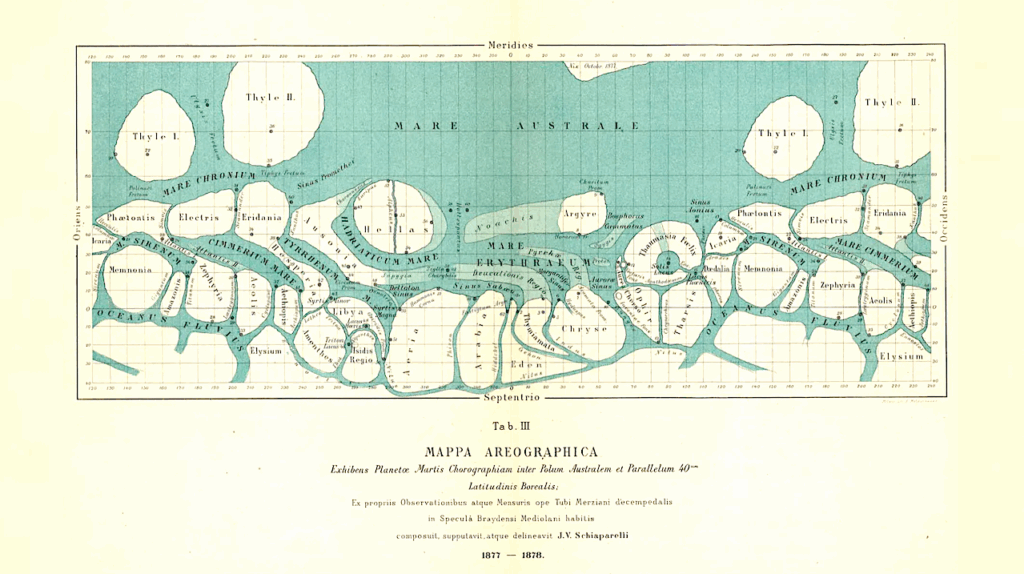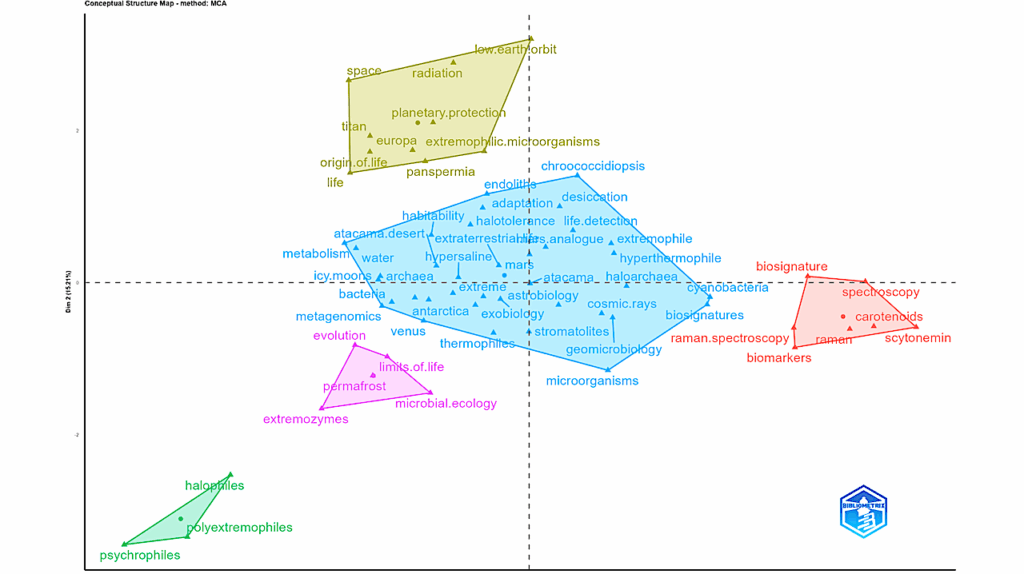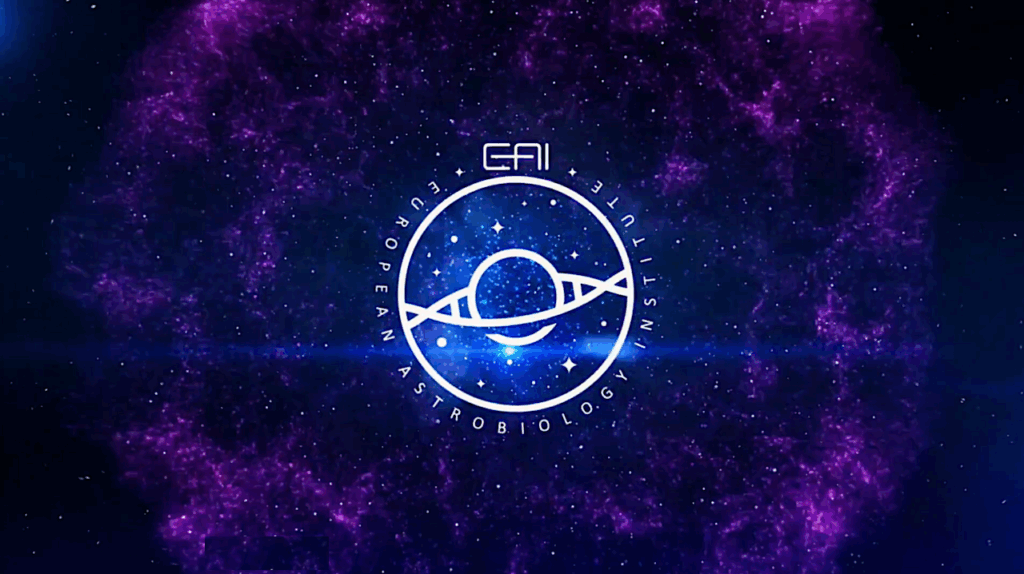The Search for Alien Life in Our Solar System: Strategies and Priorities
With the assumption that future attempts to explore our Solar System for life will be limited by economic constraints, we have formulated a series of principles to guide future searches: (1) the discovery of life that has originated independently of our own would have greater significance than evidence for panspermia; (2) an unambiguous identification of living beings (or the fully preserved, intact remains of such beings) is more desirable than the discovery of markers or fossils that would inform us of the presence of life but not its composition; (3) we should initially seek carbon-based life that employs a set of monomers and polymers substantially different than our own, which would effectively balance the need for ease of detection with that of establishing a separate origin; (4) a “follow-the-carbon” strategy appears optimal for locating such alternative carbon-based life.
In following this agenda, we judge that an intensive investigation of a small number of bodies in our Solar System is more likely to succeed than a broad-based survey of a great number of worlds. Our priority for investigation is (1) Titan, (2) Mars, (3) Europa. Titan displays a rich organic chemistry and offers several alternative possibilities for the discovery of extant life or the early stages that lead to life. Mars has already been subjected to considerable study through landers and orbiters. Although only small amounts of methane testify to the inventory of reduced carbon on the planet, a number of other indicators suggest that the presence of microbial life is a possibility. Care will be needed, of course, to distinguish indigenous life from that which may have spread by panspermia. Europa appears to contain a subsurface ocean with the possibility of hydrothermal vents as an energy source. Its inventory of organic carbon is not yet known.
Key Words: Separate origin–Panspermia–Follow the carbon–Cosmic evolution–Titan–Mars–Earth–Origin of life.
Astrobiology. May 2009, 9(4): 335-343.
http://www.liebertonline.com/doi/pdfplus/10.1089/ast.2008.0281








